'Good news, let’s make the £20 million deal happen': The Mansion Tax that turned out to be 'the least worst outcome for prime property', and the places that will be hit
Where in Britain are the £2 million homes set to be hit by the Mansion Tax? Anna White takes a look.
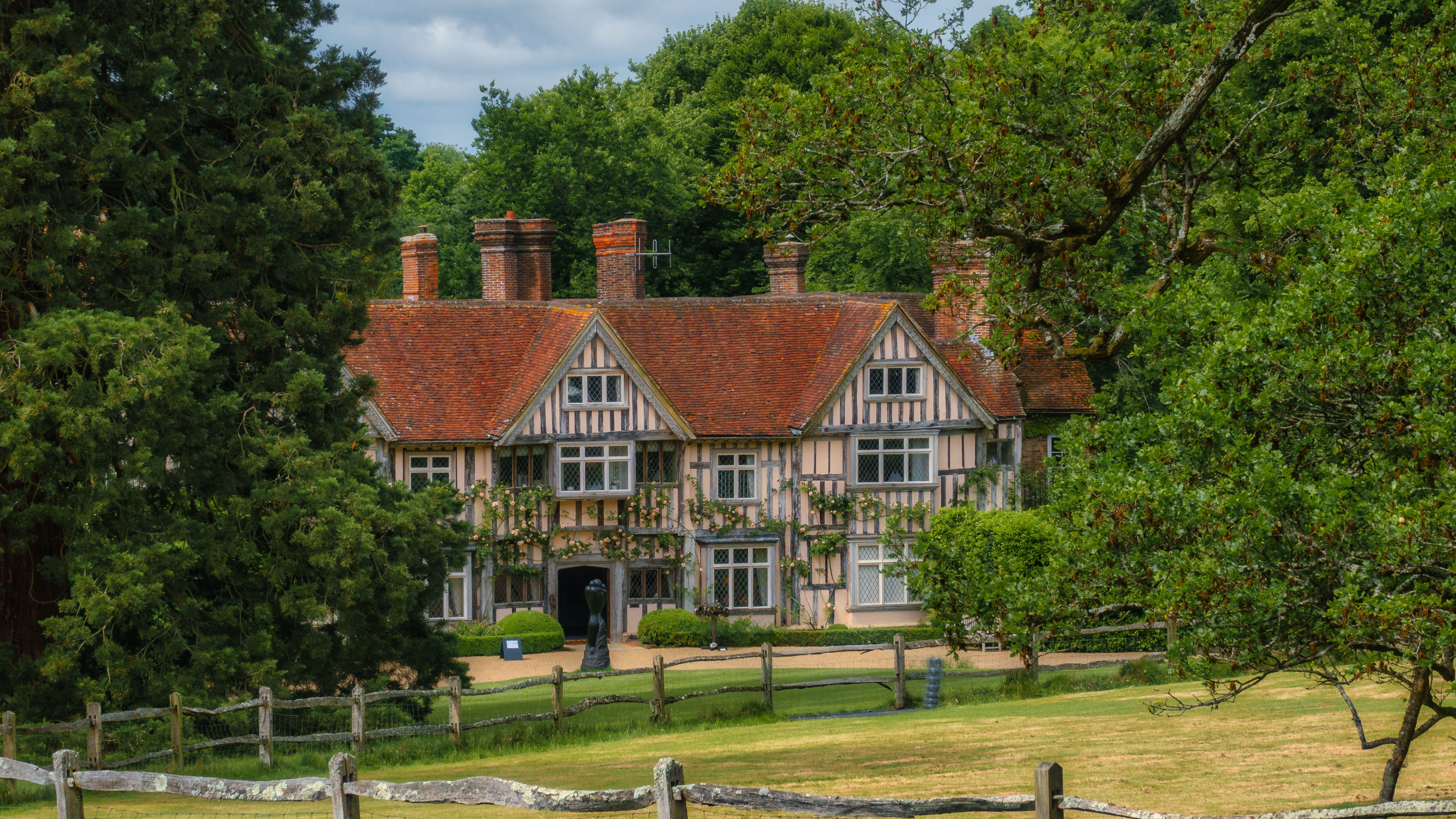
'Let's just say the valuation now starts with a two,' said an acquaintance of mine rather smugly a few months ago, after giving her Surrey home a bit of a glow up.
I doubt she'll be quite so pleased with herself any more. Rachel Reeves revealed the worst-kept secret in property on Wednesday when announcing the new 'Mansion Tax' as part of her budget. Set to come in to force from April 2028, it's effectively an extension of Council Tax that will add between £2,500 and £7,500 to the annual amount payable by those whose homes are valued at over £2 million as part of a major revaluation project which will be carried out in 2026.
While the High Value Council Tax Surcharge has been dubbed a Mansion Tax, it's nothing to do with the size of the property. Instead it'll largely be a tax on sizeable family homes and swish apartments in London's better postcodes, places where the house prices are almost double the national average.
And London really will bear the brunt of this: 66.6 per cent of £2m plus sales in England are in Greater London, according to data from Savills. The highest proportion are in Kensington and Chelsea, followed by Westminster then Camden, which gives you an indication of where the clusters of multi-million-pound homes are in the capital.
As with any rise in property tax it has, unsurprisingly, been met with opposition from the estate agent sector. 'In London, this is a terrace tax, not a mansion tax,' says Dominic Agace, head of Winkworth — and he's not wrong. This £2.5 million example, a four-bedroom terrace in Hackney, has been plushly refurbished inside, but it's still a home on busy main road, with a small garden.
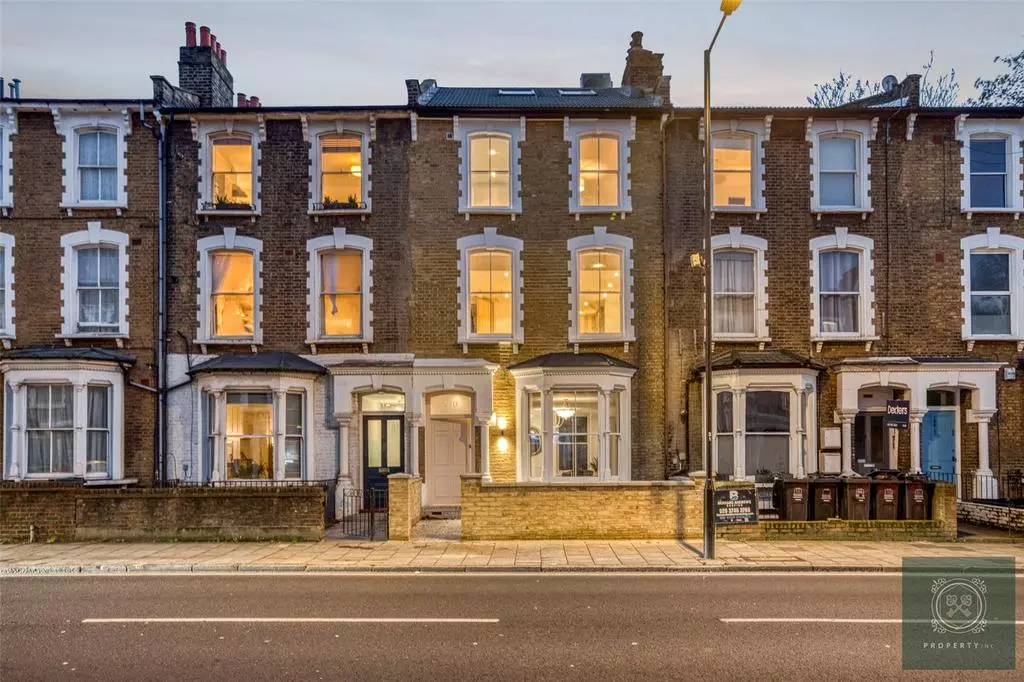
Think of a mansion. We'd bet good money that this terraced house in Hackney — lovely as it is in many ways — is not the sort of thing you had in mind. Yet it's for sale at £2.5 million.
It won't just be London that's affected: the Home Counties and the wider country house market will be hit too.
Almost a fifth of deals above the £2 million threshold over the last 12 months have occurred outside London, but within the South East. The remainder are heavily concentrated in Eastern England — particularly around Cambridge and Norfolk, with a 5.2 per cent share of these deals. The lion's share of what's left are homes in the South-West, which had 4.6 per cent of £2 million-plus sales.
Exquisite houses, the beauty of Nature, and how to get the most from your life, straight to your inbox.
Lucian Cook, head of residential research at Savills, puts forward a balanced view: 'The introduction of an annual tax surcharge for properties worth over £2 million, at levels somewhat lower than many will have feared, is probably the least worst outcome for prime property.'
Rather than be worried, in other words, many potential buyers are now simply relieved that the tax isn't an open-ended one per cent, as originally expected, but instead capped at £7,500 a year even for the most expensive properties.
'The first message I received from a client was one of relief: "Good news, let’s get going",' says Will Watson, head of The Buying Solution. 'The second was ‘Let’s make that deal happen now".'
The deal in question, Will adds, was for a property worth over £20 million. 'Already, the budget finally brings more clarity and it seems it has the potential to get things moving again.'
How will the new Mansion Tax work in practice?
A major reassessment of properties in Council Tax bands F, G and H will be carried out in the next couple of years, four new bands created, starting at £2-2.5 million and going up to £5 million-plus.
From April 2028, homeowners in the lowest new band will be required to pay an extra £2,500 a year in Council Tax; at the highest, it'll be £7,500, all levied in addition to existing council tax.
The revenues will flow to central government rather than remain with local government, as is the case for standard Council Tax at the moment. Some houses will clearly be above those levels, but the revaluation is likely to catch properties that have been renovated recently, or where house price growth has taken them above the £2 million mark.
There are still question marks over this mass valuation. 'How forensic would a re-valuation exercise be and would it be down to each local authority to carry this out?," asks Marcus Dixon, head of residential research at JLL.
'Property tax in the UK is already overly complicated and not equally distributed and it stops housing market activity. If the government focused on getting transaction levels up by 50% so that we revert to moving five times in our lifetime rather than three, the tax haul would be far greater as would the positive impact on the economy and growth,' he says.
An 'outright punishment' for those who bought homes a couple of decades ago
There's more of an issue with the changes in house prices, though, which have wildly escalated in the high-demand parts of the country over the last 15 years, with the frenetic recovery following the Global Financial Crisis and the rise in working from home that followed the Covid Pandemic.
In the Cotswolds, for example, the average price for a detached house rose from £387,379 to £794,848 from 2009 to the peak in November 2024. Many people who bought homes for well under £1 million a couple of decades ago will have seen their property price burst through the £2 million ceiling — and so older home owners will be hit disproportionately.
'This tax is an outright punishment for those who have been able to buy a property decades ago, that since have gone up in value. It could mean financial ruin for many of these homeowners,' says Nigel Bishop, founder of the buying agency Recoco Property Search.
'A vast majority will have no other option but to sell up at likely reduced prices. In theory this frees up larger homes but does not automatically mean there will be buyers waiting,' he says.
The £2 million cliff edge?
With this new fiscal policy trailed in the days leading up to the Budget (and on the morning of in the leaked Office of Budget Responsibility document), some house sales are already being tailored to take into account the surcharge.
'We have already had clients bring their house price down to £1,999,000 and then add on £200,000 of fixtures and fittings separately, or parcel off the land, to get the deal over the line,' one country house agent tells Country Life.
Could it create a new £2 million cliff edge? The property market suffered from this for years when Stamp Duty was a 'slab' tax, imposed at a flat rate on the entire purchase price, with the percentage based on the ultimate valuation; the jumps up at £250,000 and £500,000 were notorious, until former Chancellor George Osborne scrapped the old system for one based on incremental rises back in 2014.
Yet that old system was very different, making a difference of tens of thousands of pounds payable on the date of the house sale. The new annual Mansion Tax is unlikely to create quite such an issue.
The £2m hotspots

This £2.265 million new-build in Chiddingfold, Surrey, is the sort of home which will get taxed.
Outer London
New research from JLL shows where across the country — by county — the highest number of £2 million sales have been over the last 12 months and which localised markets will be impacted the most.
Knightsbridge and Belgravia, Holland Park and Mayfair may come out as those wards with the highest number of sales over £2 million — but there are £2 million-plus terraced houses (once Victorian worker cottages) are dotted across the entire stretch of Greater London, with 2,551 sales in the last year, accounting for 3.2% of the UK total. Some of the biggest price rises over the past 10 years have been in the east of the capital — not least thanks to the Olympics effect — as buyers went in search for more space for their money. This is not just a tax on central London homeowners.
Windsor and Maidenhead
The golden M4 corridor from Windsor to Maidenhead has long been one of the most expensive parts of the country, with speedy access into London only getting better with the arrival of the Elizabeth Line. Some 2.4% of Britain's £2 million-plus homes are here, many in beautiful villages that line the Thames such as Sonning and Goring, with village homes commanding a premium and country piles tucked away down leafy lanes.
In Windsor itself there are plenty of homes priced higher than £2 million. For example Strutt & Parker is selling a five-bedroom terraced house for £2,795,000 within a few minutes' walk from the station and the castle grounds.
Surrey
The clusters of multi-million pound homes in Surrey account for 1.6% of £2 million-plus homes, and they're not all in St George's Hill, Wentworth and Oxshott. Further down the A3 are villages in high demand such as Chiddingfold, Shackleford and Hambledon. Among many others. There is a new build detached family home for sale in Chiddingfold priced at £2,265,000 listed on Rightmove.
Bath and beyond
The other counties that have a comparatively high proportion of £2 million sales, according to the JLL research, are Buckinghamshire (1.3%), Bath and north east Somerset (1%), Hertfordshire (0.9%) and Oxfordshire (0.7%).
-
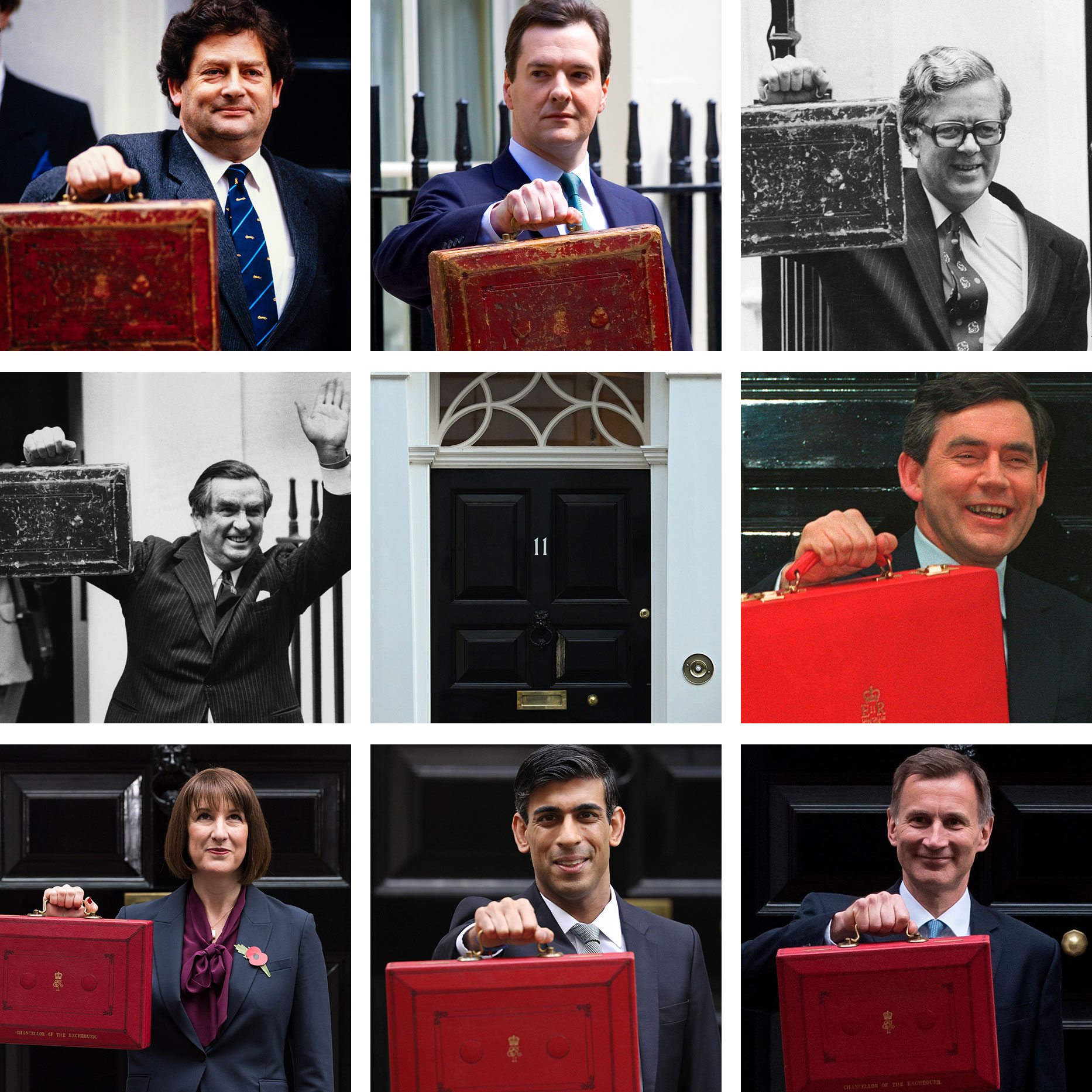 A very taxing quiz indeed: Country Life Quiz of the Day, November 26, 2025
A very taxing quiz indeed: Country Life Quiz of the Day, November 26, 2025Test your general knowledge in today's Quiz of the Day.
By Country Life Published
-
 Space, seclusion and indulgence: Arranging a luxury villa experience with One&Only and Carrier
Space, seclusion and indulgence: Arranging a luxury villa experience with One&Only and CarrierVillas and private homes offer privacy, peace, space and top-end resort facilities when you want them — particularly if you opt for one of the choices within the One&Only collection, as curated by the experts at Carrier Luxury Holidays.
By Country Life Published
-
 The Mansion Tax is here: Who will be hit, when and for how much
The Mansion Tax is here: Who will be hit, when and for how muchChancellor of the Exchequer Rachel Reeves has announced that the mansion tax will come into force in England and Wales from April 2028.
By Toby Keel Published
-
 A wreck's renaissance: The 150-year-old mill that was falling apart stone by stone, now a beautiful Highland home ready for the next century and a half
A wreck's renaissance: The 150-year-old mill that was falling apart stone by stone, now a beautiful Highland home ready for the next century and a halfBogbain Mill's award-winning transformation was a labour of love for the owner, but it's now time for them to move on.
By Toby Keel Published
-
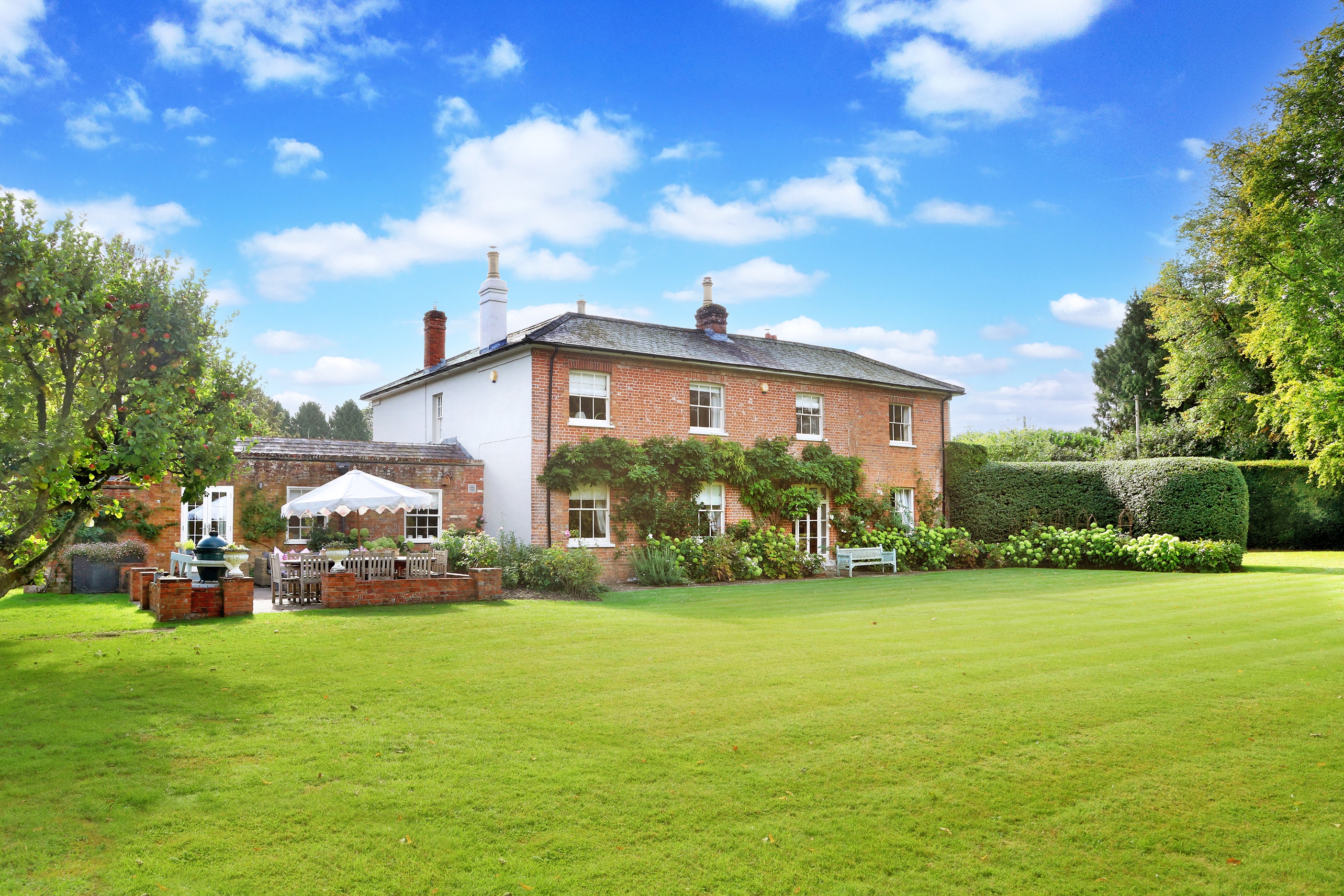 Old rectories are the second most sought-after homes in Britain, and this idyllic £2.45 million home is a perfect example of why
Old rectories are the second most sought-after homes in Britain, and this idyllic £2.45 million home is a perfect example of whyPenny Churchill looks at the wonderfully pretty Oakley House in Hampshire.
By Penny Churchill Published
-
 12 fabulous rural homes, from £650,000 to £4 million, as seen in Country Life
12 fabulous rural homes, from £650,000 to £4 million, as seen in Country LifeOur look includes a magnificently-situated home in Devon, a village home in Somerset and a historic Welsh farmhouse.
By Toby Keel Published
-
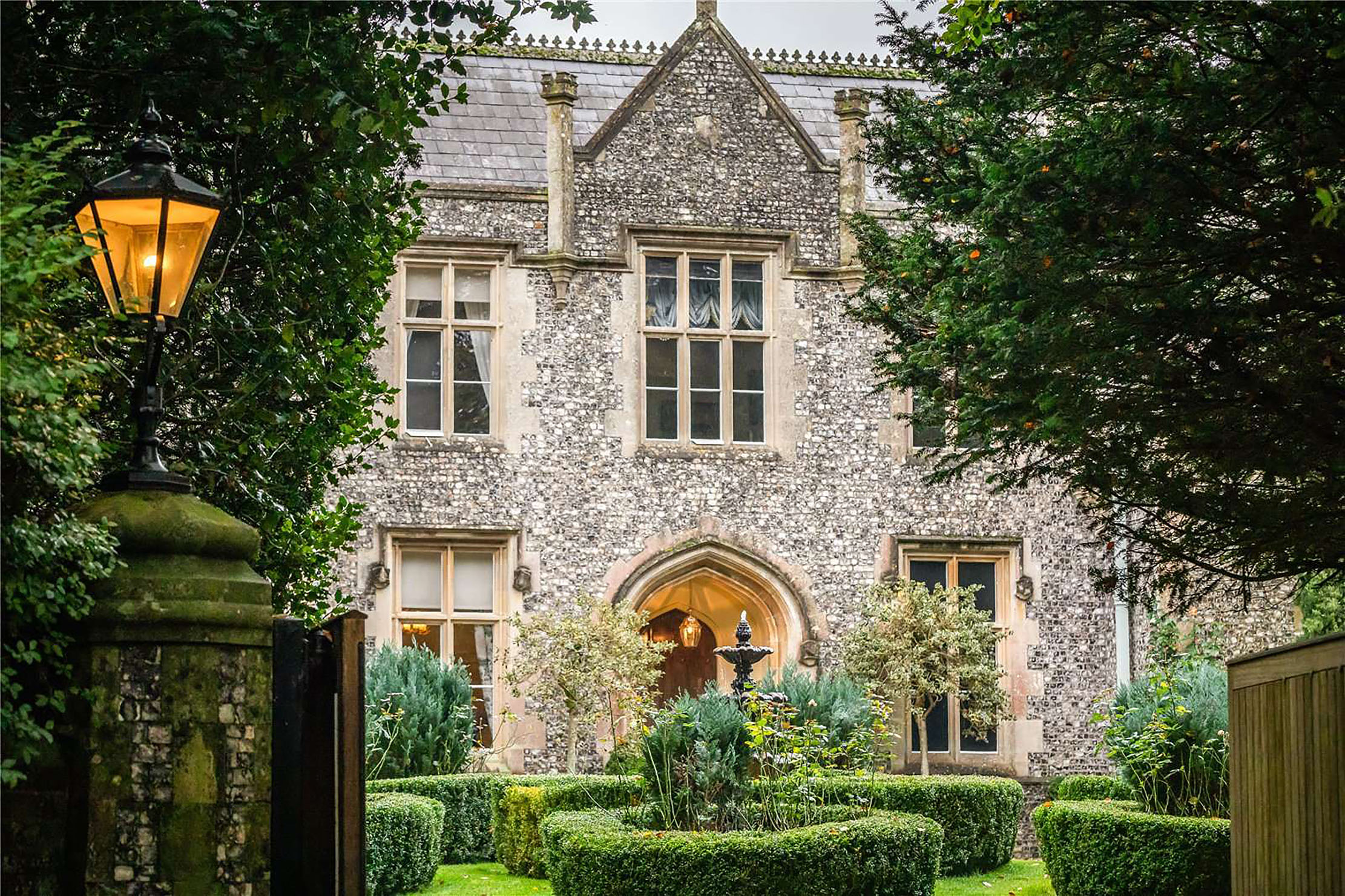 The Old Rectory for sale in a village up the road from Jane Austen's home, where the family lived that might have inspired some of her most memorable characters
The Old Rectory for sale in a village up the road from Jane Austen's home, where the family lived that might have inspired some of her most memorable charactersIn the village of Dummer, close to Jane Austen's family home at Steventon, a beautiful old rectory has cone to the market. Penny Churchill takes a look.
By Penny Churchill Published
-
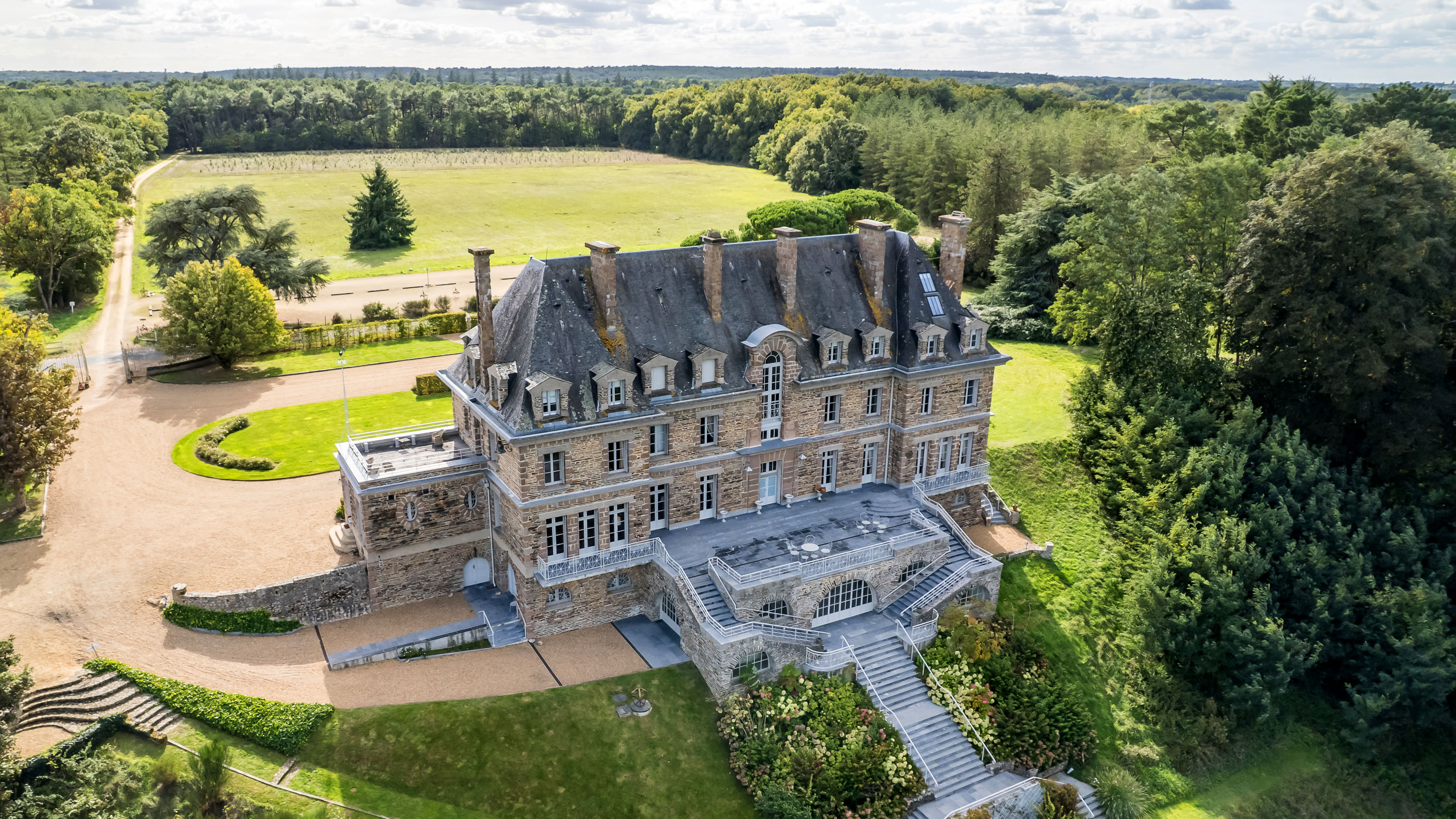 The pink granite chateau that the Cointreau family built in the Loire Valley is for sale at £3.5 million
The pink granite chateau that the Cointreau family built in the Loire Valley is for sale at £3.5 millionThe great country seats of the Guinness family have an equivalent over the Channel, where the chateau built by the Cointreau family is on the market.
By Toby Keel Published
-
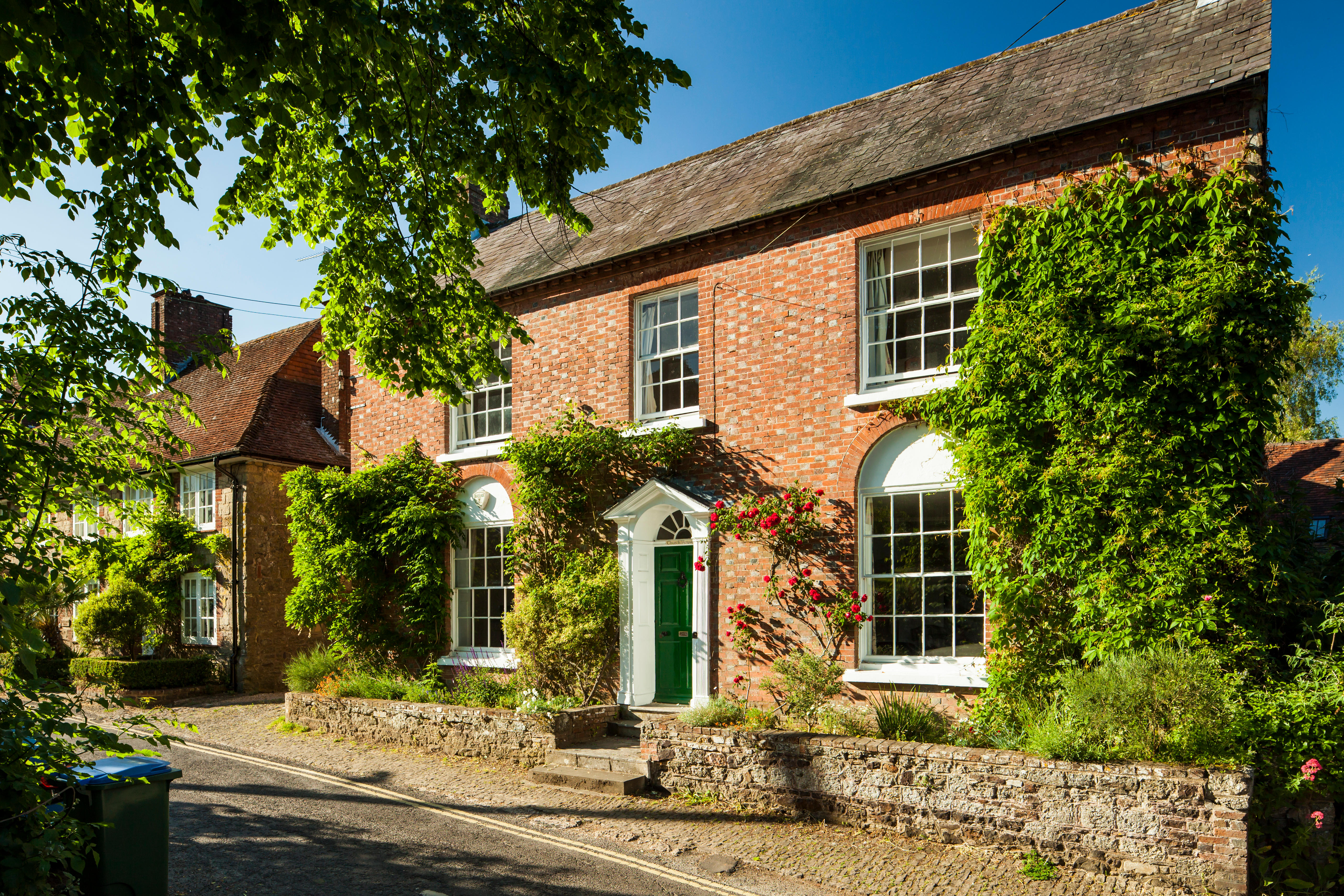 Is this the end of the Forever Home?
Is this the end of the Forever Home?The classic dream of finding a family house in which you can settle down, raise a family and grow old has never been harder to obtain. So has the concept of the 'Forever Home' had its day? Annabel Dixon reports.
By Annabel Dixon Published
-
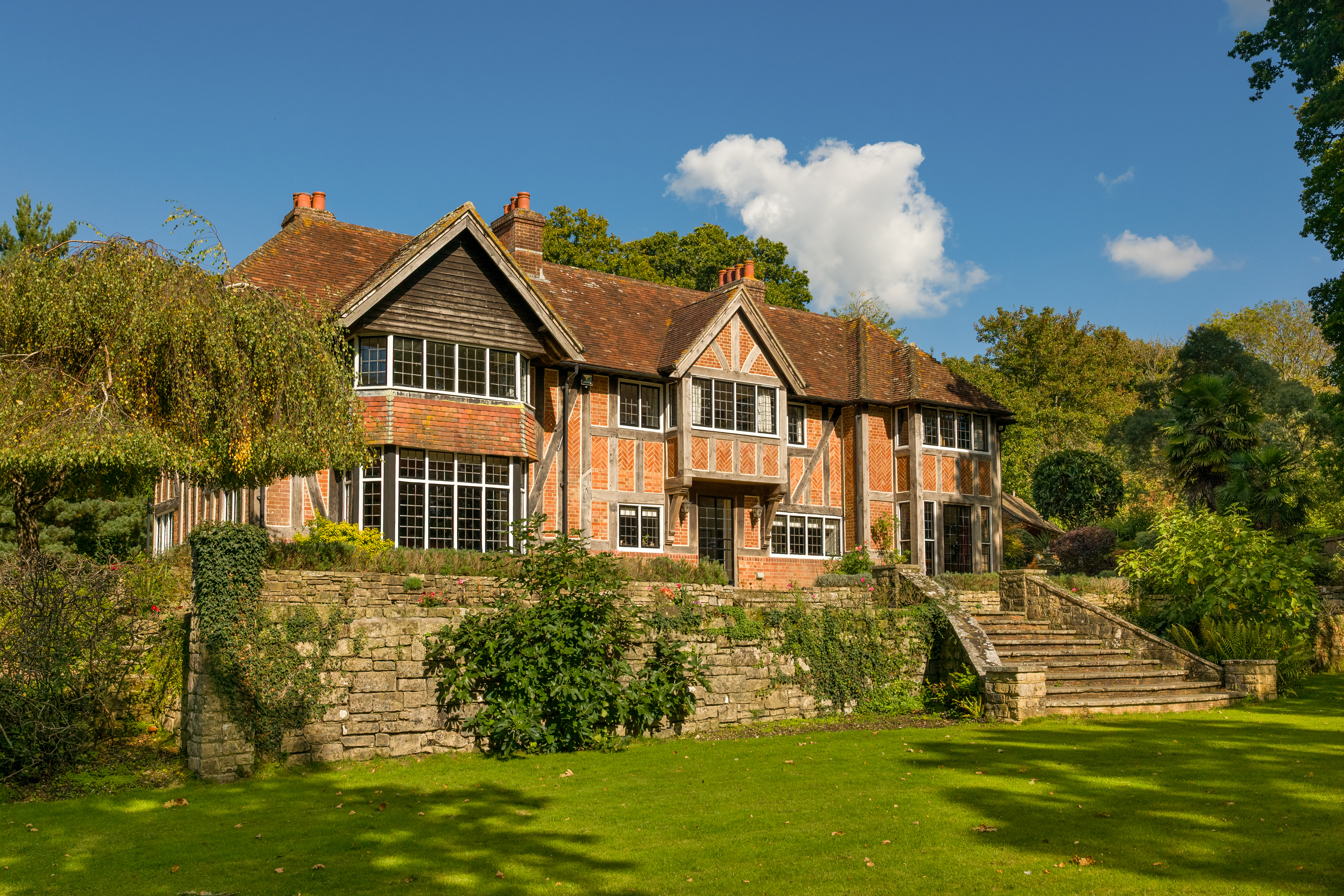 An Arts-and-Crafts home that sits in prime position in the most exclusive (and priciest) road in Hampshire
An Arts-and-Crafts home that sits in prime position in the most exclusive (and priciest) road in HampshireWith its own private jetty on the Beaulieu River, The Rookery is a rare and beautiful home. Penny Churchill takes a look.
By Penny Churchill Published
